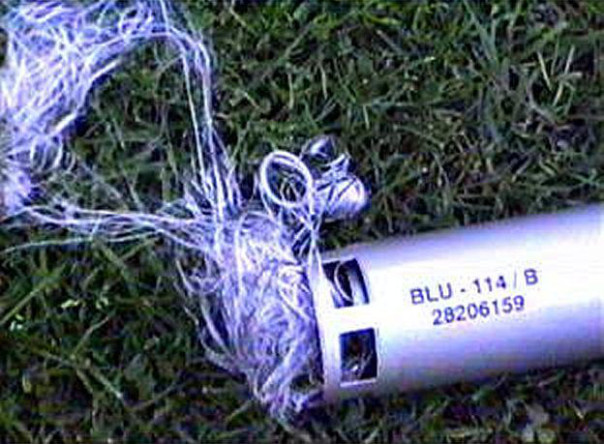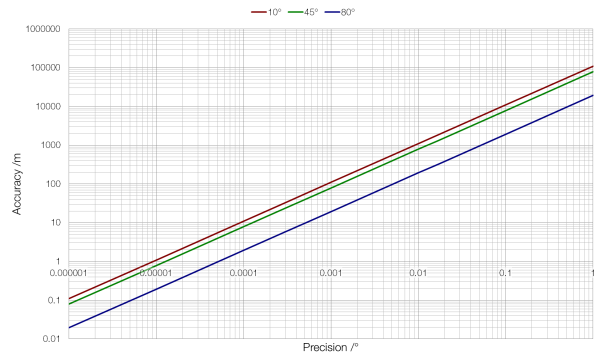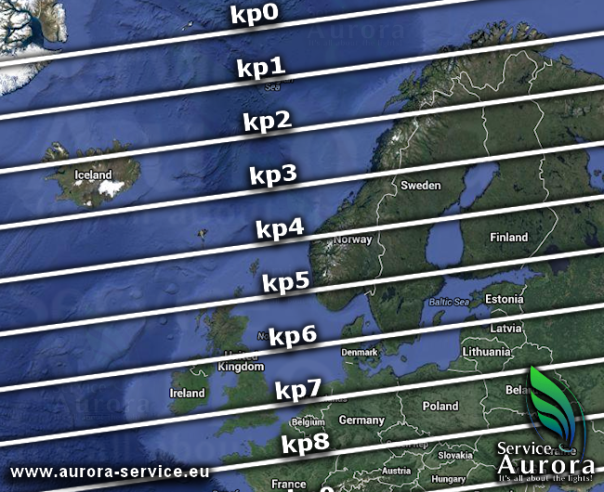
I had a very busy timetable at work this year, so I didn’t blog here as much as I would have liked. Hopefully the 2015-2016 Review will be longer than this one.
I enjoyed writing about rotational kinetic energy in September, and the difference between centre of mass and centre of gravity was something people don’t often think about.
A post on how latitude affects the length of the day was my favourite post from October.
November was one of my favourite months: I particularly liked the posts about fail-safes, citrus fruit and analemmas.
I only made two posts in December, about the colour of diamonds and the possibility of building a vacuum airship, but I liked them both.
January was also a good month. My favourites were two posts about ranking things properly, and the different types of microscope. I also wrote about different naming systems across the world, but I’m not sure I got my facts 100% correct.
A post about the thermal expansion of petrol was easily my favourite post from February.
I liked all the posts I made in March, particularly the posts about colour mixing (why is light red, green and blue, but ink cyan, magenta and yellow?), the order of adjectives in English, and alternatives to GPS.
April was also a good month: I wrote about the nuclear “double flash” and worked out a much better system of coinage for the UK.
A post about how to look at the back of your head using a black hole was my favourite post from May.
I didn’t make any posts in June. :(
I particularly like my post about why some particles don’t decay from July. I also wrote about the different type of multiplication and the world’s longest golf shot.
August was another good month (school holidays!). I wrote about the US’s “soft bomb”, longitude, latitude and precision and the Kp index for aurora spotting.
Here’s to 2015-2016. I hope you’ll keep reading.



